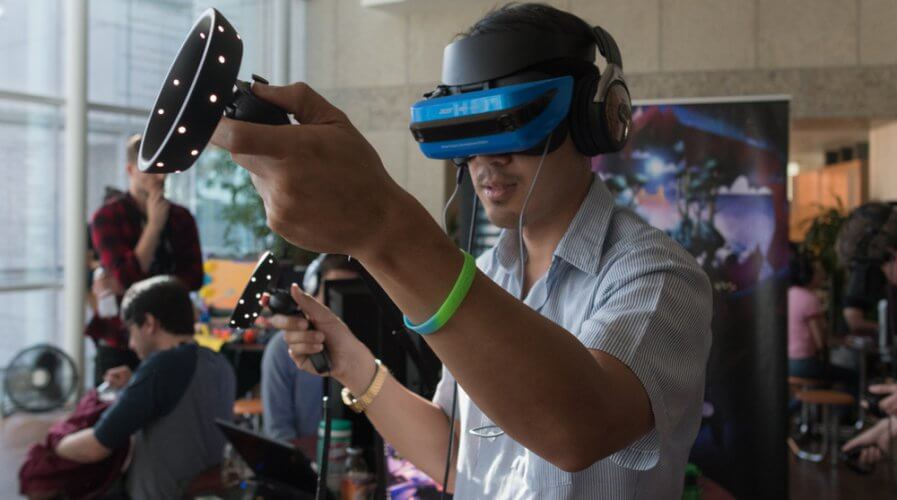
AR and VR add value to training across key industries. Source: Shutterstock
Malaysian businesses need AR and VR trainings to boost job readiness
TECHNOLOGY has proven to drive innovative efforts and has consistently revolutionized the way businesses do things – from operations to management.
Over the past few years, more effort is being made to improve the training offered to new recruits and to existing employees — especially around the use of new-age machines.
Malaysia, in particular, is realizing the potential of augmented reality (AR) and virtual reality (VR) technology in training employees in the heavy engineering space.
This is not surprising considering the fact that globally, spending on AR and VR by the commercial and public sectors in this year alone, has amounted to US$16.8 billion.
As it is projected that global spending will skyrocket to US$160 billion by 2023, the Malaysian Minister of Human Resources M. Kulasegaran is spearheading the use of the two technologies across key industries in the country.
“In moving towards innovative technology, VR and AR comprise of advanced visualizations and software solutions which can be applied in various sectors including automotive, aerospace, construction and manufacturing solutions,” added Kulasegaran.
He also highlighted that AR and VR have been proven to offer effective training that boosts retention rate and speeds up the development of talent in industries.
According to Azimuth International Director Suresh E Abishegam, there is a need to embrace the technology for its capabilities in elevating the standards of training in industries such as automotive, aerospace, and oil & gas — aside from heavy engineering.
Malaysia needs to be prepared to groom the talent available to suit the needs of its industries to survive in the future.
“The aerospace, automotive and oil and gas industries have long used AR/VR technology in their industry,” it is only sensible that the training provided to support candidates in these industries utilize the technologies just as well to match the synergies offered by AR and VR.
With an increasing amount of AR and VR technology providers in the market, businesses across heavy engineering and allied industries can no longer afford to stall transformation efforts.
A high adoption rate — for AR, VR, and other technologies — should be the aim of Malaysian businesses going into the future to prepare themselves to compete in the global market.
READ MORE
- The criticality of endpoint management in cybersecurity and operations
- Ethical AI: The renewed importance of safeguarding data and customer privacy in Generative AI applications
- How Japan balances AI-driven opportunities with cybersecurity needs
- Deploying SASE: Benchmarking your approach
- Insurance everywhere all at once: the digital transformation of the APAC insurance industry


